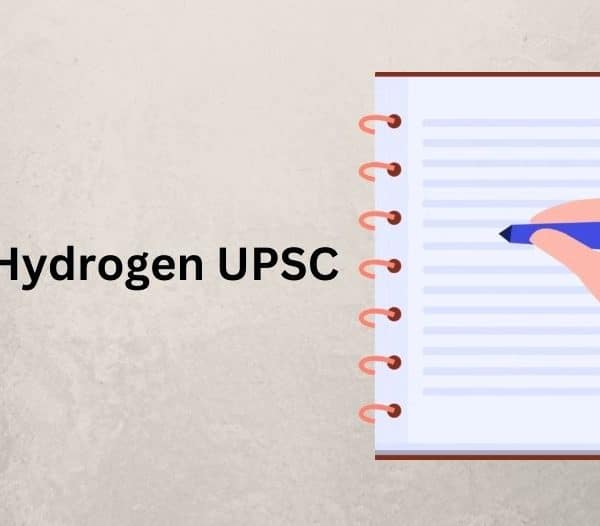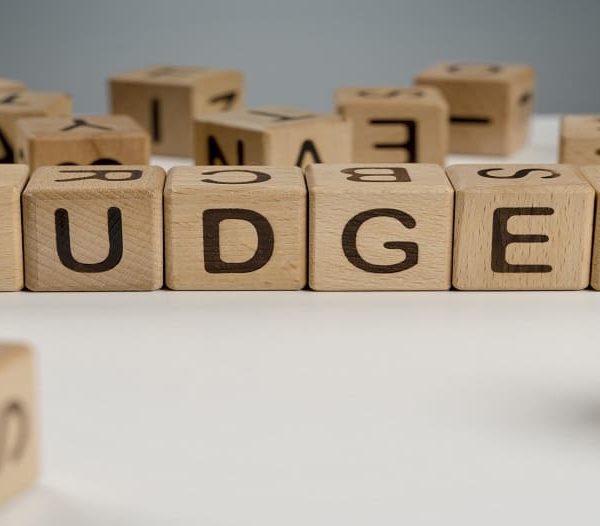The study of the Indian electoral process is significant when preparing for the IAS exam. Elections in India are perhaps the most massive electoral exercise globally, which is why we’re going to simplify everything for our fellow aspirants by using a flow chart. This article will discuss the Indian electoral system and three features of the Indian Electoral process, UPSC current affairs, and more.
The weightage of Current Affairs in UPSC prelims saw a spike after 2011. Since then, it has been relatively steady, amidst some ups and downs. On average, aspirants can expect 25-26% questions from this topic.
Elections in India (Indian Election System Flow Chart)
The first general elections of independent India took place in the year 1952. What makes the Indian electoral process interesting is the sheer diversity in terms of culture, language, religions, and ethnicity. Being one of the largest democracies in the world, elections in India are an event in themselves.
The provisions related to elections are listed in Articles 324 to 329 under part XV of the Constitution of India. The Voting age is 18 in the country, and every individual who’s a citizen of India, who’s attained the voting age, can register to vote.
Election Commission
Although voting is a right of every citizen, some politicians and critics have asked for it to become a fundamental duty. What are the fundamental duties? These are duties that came into effect after the 42nd amendment, 1972. They are moral obligations for the citizens of the country to uphold the unity of the nation and promote a spirit of patriotism.
The main goal behind integrating these duties in the constitution was to remind the citizens that they should also give back to the country by upholding these duties while enjoying their rights.
Election Commission, a centralized election agency, established by the constitution, is in charge of all the electoral matters. It is a permanent and independent body that ensures free and fair elections. They administer both Union and State elections. The Lok Sabha elections have the most eyes on them as the Prime Minister, who’s the supreme force of our country, is elected through it.
How Does the Prime Minister Get Elected?
The members of Parliament elect him/her. A party contesting elections needs a majority in the 545 seats of Lok Sabha to form the government and choose their leader, who then becomes the Prime Minister by the President’s approval. The Prime Minister holds office for five years, after which he/she can get re-elected.
Also Read : What is CSAT in UPSC? Check-out the CSAT Syllabus for UPSC Examinations
Features of the Indian Electoral Process
-
Independence of Election Commission
The Election commission was established following India’s Constitution on 25th January 1950. Superintendence, direction, and control for the entire process for elections have been vested to this body. The President appoints the chief election commissioner and the other two election commissioners. All 3 of them hold equal power.
The Chief Election Commissioner is provided with security of tenure when he/she is appointed. They can hold office for six years from the date they assume office or till the age of 65 is attained, whichever is earlier.
Powers of Election Commission
Article 324(5) states that the Chief election commissioner cannot be removed from the office except by the President on a resolution passed by both the Houses of Parliament with a special majority. It can be done either on the ground of proved misbehavior or incapacity. The election commission holds special powers too. These include:
- Administrative: These include the power to inform the dates and schedules, grant recognition to political parties, act as a court for settling disputes related to elections, organize and amend electoral rolls, register qualified voters, and more.
- Advisory: The commission has advisory jurisdiction regarding post-election ineligibility of sitting members of State legislatures and Parliament.
- Quasi-Judicial: The person found guilty of malpractices at elections before the courts are also referred to the Election Commission for its opinion and advice. This impartiality and independence from all external pressures are why we need an independent judiciary.When carrying out their functions, the judges must be free of any improper influence, especially those concerning malpractices in the electoral process. After the judges give their insight, the commission can prohibit a candidate from voting if they decide to.
-
Election Reforms
The election commission issued a moral Code of Conduct for political parties around the fifth general elections held in the year 1971. The code has been revised multiple times since then. It lays down guidelines about the conduct expected from political parties and candidates during elections.
Prohibitions
A provision under the code states that from the time the commission announces the elections, the Ministers and other authorities cannot announce any financial grant. They cannot make promises of constructing roads or carrying out any appointments in government and public undertakings, which may affect the voters in favor of the ruling party.
Misuse
The misuse of official machinery can take different forms. The issue of advertisements at the cost of public exchequer, misuse of mass media during the election season for biased news coverage, publicity regarding their achievements to misusing Government transport, including vehicles like helicopters or aircraft, are amongst some of them.
Criminalization
Several reforms that have happened over the years. Some of them include checking the criminalization of Politicians, making sure candidates submit an affidavit regarding the information of his/her criminal antecedents and disclosing every asset they hold, registering a party with at least 100 registered elections, and making sure that a candidate doesn’t spend more than the legal limit set for the election campaign.
Also Read : Who Appoints the Governor of the State in India? Here’re Some Interesting Facts to Know for UPSC
-
Use of Scientific and Technological Advancements
EVMs
The election commission has brought improvements in the electoral process by using scientific and technological advancements. The instigation of Electronic voting machines or EVMs is undoubtedly taken to reduce malpractices and improve the efficiency of the voting process.
The EVMs were initially tried in Kerala’s state in 1982, during the legislative assembly elections. Goa became the first state in the country to successfully use EVMs in all its constituencies in the Assembly elections of 1999. However, it was the 2004 Lok Sabha elections that the EVMs were used all over the country.
It made the electoral process simple, quick, and efficient. It has also resulted in saving costs, solving logistical issues, and being environmentally friendly is a bonus. These machines also make the counting of votes faster and help with accuracy too.
Computerization
To prevent impersonation at the time of voting and eliminate fictitious entries, the Election commission took a step in 1998 to take a countrywide program to computerize electoral rolls.
After every revision of electoral rolls, printed electoral rolls and CDs containing the rolls are made available to the public for sale. The entire nation’s electoral rolls are available online. The first state to prepare electoral rolls with photographs of voters was Karnataka in the 2008 elections.
Conclusion
The Indian elections are possibly the most extensive electoral activity in the world. The Election commission is in charge of the entire process. It’s the independence of the organization that helps them in working and getting things done efficiently.
They hold special powers in the form of advisory, quasi-judicial, and administrative. Due to the election reforms in the country, there has been constant background and ethical inspections. The use of scientific technologies has further eased the process of elections in the country.
To know more about the Indian Electoral Process, stay tuned!
Also Read : What are the Five Salient Features of Indian Constitution? Daily Current Affairs for UPSC Examination






